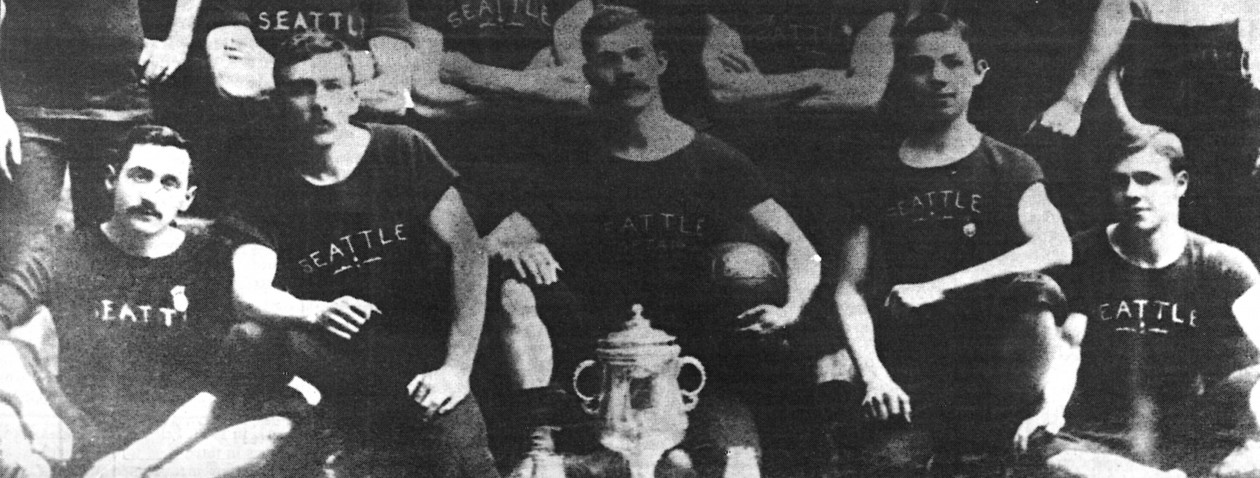November traditionally marks the start of the postseason at all levels and the conditions, either soaking or frigid, seldom frighten away the fans.
It’s likely to be more so the latter for the next few days, so bundle-up. Beginning Thursday, Seattle University hosts the WAC Championships at Championship Field. On Friday, the Washington women entertain Rider in an NCAA tournament opener. Interbay will light-up Saturday night for Seattle Pacific’s second round D2 playoff, and Sunday is Senior Day on Montlake for the Husky men versus Oregon State.

Each of these matches is worthy of support, and if you haven’t seen a college game yet this season, there’s no better time, at least in terms of competitive ingredients.
Going back over more than 40 years, beyond the arrival of the original Sounders, the Seattle area has been supportive of the amateur game. Thousands came for the final three rounds of the high school finals in the tournament’s formative days at Memorial Stadium. The biggest of crowds, however, came to see their big brothers, the boys on campus.
During the Seventies, college soccer was thriving in Seattle. Washington and Seattle Pacific not only attracted the top talent in the area, they featured leaders who not only were legendary coaches but sensational promoters.
Mike Ryan of the Huskies and SPU icon Cliff McCrath were favorites of the news reporters and not shy about beating the drum throughout the community. It was Ryan who hatched the idea for the Husky Classic, a midseason tournament attracting perennial powers such as St. Louis, San Jose State and UCLA (then with a standout fullback named Sigi Schmid).

Kids and parents would come from all over the county for the Husky Classic final day quadruple-header in the vastness of Husky Stadium, topped by the 1972 final attendance of 5,000 for San Jose State vs. Chico State.
When the pro game came to Seattle a couple years later, the club’s year-round effort to connect at various levels of the community led to a three-way intra-city competition between the UW, SPU and Seattle U. known as the Sounders Cup. The UW record attendance still stands at 5,200 for the 1975 Sounders Cup decider between the Huskies and Falcons.
Meanwhile, Seattle Pacific was pulling crowds to Memorial for the postseason. The Shriners were McCrath’s partners in promoting the 1975 NCAA Championships, when SPU played Baltimore in the championship game before 7,000. Altogether the Falcons hosted four postseason matches attracting more than 4,000.

Three of the region’s largest attendances were Division I finals branded as the Big Kick. Part of the pitch to host NCAA basketball Final fours for men and women, the Big Kicks were held under the Kingdome (1984, ’85) and Tacoma Dome (’86). Two of the most dominant programs of the Eighties, Indiana and Clemson, met in the first edition. That was the best attended game in local amateur annals, pulling 7,926.
There was a certain novelty to seeing games played in the city’s biggest sporting cathedrals. But for the most part their cavernous atmosphere swallowed the regulars who numbered in the hundreds on regular season week nights.
Nowadays, Seattle’s collegiate programs are based in intimate facilities more suited for playing the game properly. Interbay, Seattle U’s Championship Field and Husky Soccer Stadium capacities render those long-ago attendance records untouchable. (Note: The UW women’s attendance standard of 3,155 is within reach.)
Still, the ambiance can be electric, as long as one or two thousand of you are gathered together there. It was certainly true a year ago, when with the backing of several crowds exceeding 2,500, the Huskies came within one win of reaching the College Cup for the first time.
So while waiting for the epic Sounders-Galaxy second leg, consider following in the footsteps of your forefathers. See Seattle’s finest student-athletes contend for top honors. As you know, your rabid support can make all the difference.
